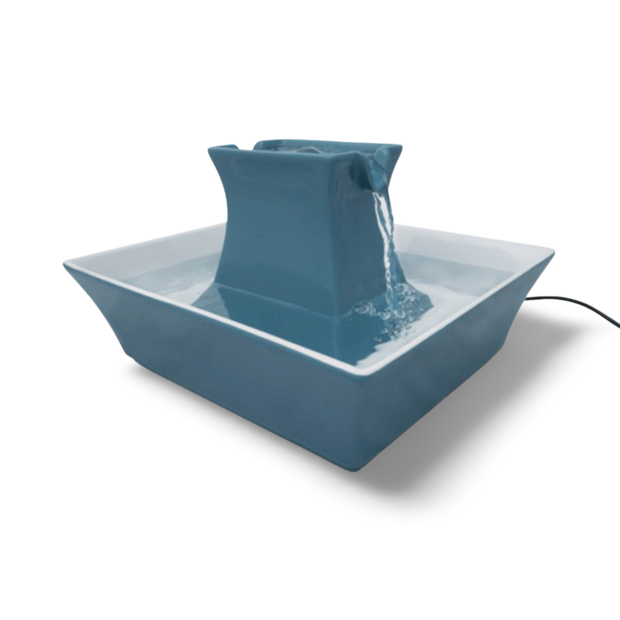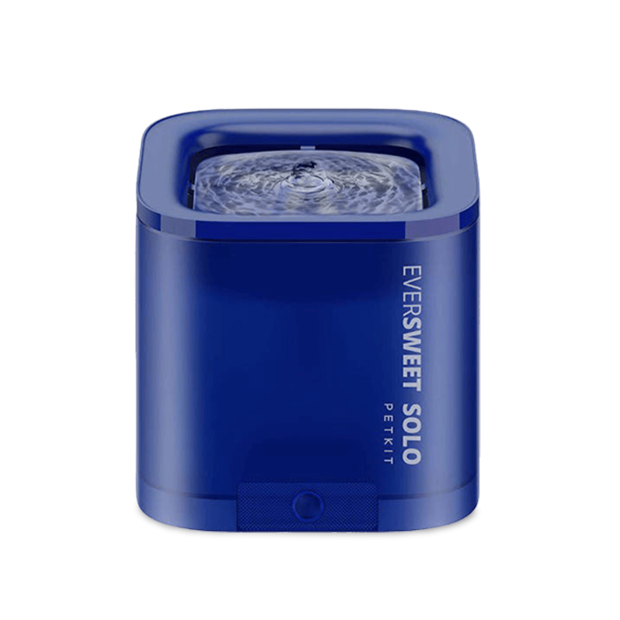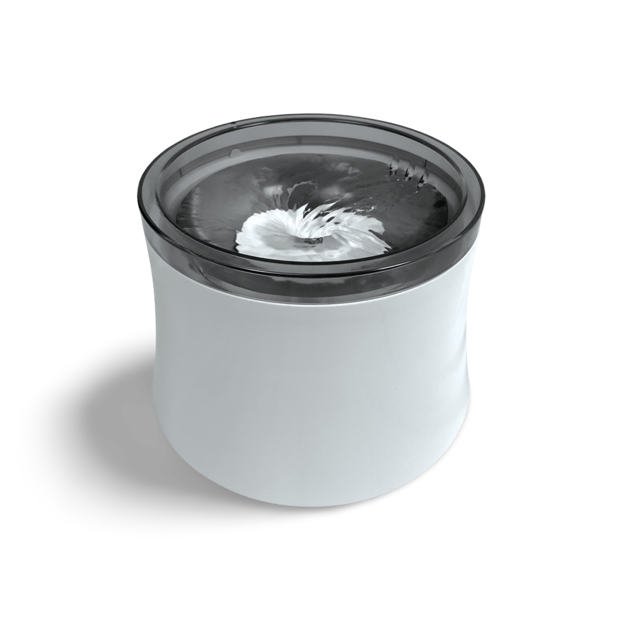Bladder Stones in Dogs
This article is written by Pet Circle's qualified veterinarians, and
Bladder crystals and stones (also called 'uroliths') are formed when mineral crystals in the urine combine to form stone like structures that sit in the bladder. As you can imagine, these crystals and stones are very irritating to the bladder wall, and can be life-threatening if they block the passage of urine.
Below we will outline the types of crystals and stones, and the causes for each one, as well as the symptoms, treatment and prevention.
Contents
Types and Causes of Stones
Signs
Diagnosis
Treatment
Prevention
What Causes Bladder Stones in Dogs
There are several types of bladder stones in dogs. The difference is in their mineral compositions, the most common two are struvite and oxalate. Less common types include urate and cystine stones.
Crystals are the building blocks of bladder stones. Crystals form due to the super-saturation of the urine with certain minerals, which causes these minerals to aggregate to form crystals. This is compounded in some instances by a urine pH which is favourable for urine formation, and a reduction in the amount of crystallisation inhibitors in the urine.
Struvite
Struvite crystals are composed of magnesium, ammonium and phosphate and it is not uncommon for them to be present in the urine of healthy animals. Struvite stones in dogs form most commonly as a consequence of a urinary tract infection with certain types of bacteria that produce an enzyme called urease. Urease reacts with urea, a normal waste product excreted in urine, to create ammonia which raises the urine pH to create an alkaline environment.
As well as changing the pH of the urine, the ammonia is also toxic to the cells of the bladder wall which results in inflammation and the release of proteins. These proteins provide the struvite crystals that are normally in the bladder with a scaffolding to create bladder stones. This reaction can only occur in the alkaline environment created by the ammonia. Struvite stones are most common in female dogs, particularly Miniature Schnauzers, Miniature Poodles, Bichon Frises and Cocker Spaniels.
Oxalate
Oxalate crystals are composed of calcium oxalate, and can form for a number of reasons. Some dogs may have a hereditary predisposition to forming stones due to the absence of a substance called nephrocalcin in their urine. Another risk factor for oxalate stone formation in dogs is an excess of calcium or oxalate in the diet, generally from feeding human foods.
Some metabolic conditions may also result in the formation of calcium oxalate stones, for example Cushing's Disease, which causes increased amounts of calcium to be excreted in the urine. Breeds predisposed to calcium oxalate stones include Schnauzers, Lhasa Apsos, Yorkshire Terriers, Miniature Poodles, Shih Tzus and Bichon Frises. Male dogs represent over 70% of dogs affected.
Urate
Dalmatians are unfortunately the poster-dog for this type of bladder stone. This is due to their genetic inability to break the purines in their diet down to allantoin (which is water soluble and excreted out in the urine). Not all Dalmatians will form urinary stones, and we are unable to tell which Dalmatians will form them. Male dalmatians tend to be more susceptible to developing symptoms of bladder stones due to the anatomy of their urinary tract. Overall, less than 10% of Dalmatians will actually form stones despite urate crystals being a normal finding in any urinary sample from a Dalmatian.
Some English Bulldogs also have the same gene which inhibits the breakdown of purines from the diet. Dogs with liver problems at birth are also predisposed to urate stones, as the purines are broken down to allantoin in the liver.
Cystine
Cystine is an uncommon type of bladder stone. Bulldogs such as the British Bulldogs and the French Bulldog, Newfoundlands and Dachshunds tend to be predisposed. It is thought that these bladder stones form due to a genetic defect which causes a problem in the kidneys ability to reabsorb cystine, so it is excreted out into the bladder. Male dogs also tend to be more prone, so it is thought that the male hormones play a role in the development of these stones.
Signs of Bladder Stones in Dogs
- Straining to urinate
- Blood tinged urine
- Frequently urinating small amounts
- Incontinence or urinating in unusual places
- Reduced appetite, lethargy and restlessness
Diagnosis of Bladder Stones in Dogs

- Physical examination: Your vet may suspect bladder stones through palpation of your dog's abdomen.
- Urinalysis: Your vet will be able to examine your dog's urine under a microscope and visually observe if crystals are present. A dipstik test will also be performed, as this will help your vet determine the acidity of the urine as well as the presence of any blood or infectious cells and bacteria.
- Imaging: X-rays are performed if bladder stones are suspected. Some bladder stones such as urate and cystine stones may be more difficult to detect on an x-ray, so other diagnostic techniques such as ultrasound, contrast enhanced x-ray (where a dye is placed in the bladder) or CT. Ultrasound of the kidneys may also be required.
If you think that your dog may have bladder stones, it's very important to consult your veterinarian immediately. If bladder stones lodge in the urethra, urine flow may be obstructed and this is an emergency.
Treatment of Bladder Stones in Dogs
Once bladder stones form they often require surgery to remove them, although some may be dissolved over time with the correct urinary care dog food. If the underlying cause is not addressed after they are removed, crystals will persist in the urine causing stones to build up again.
Usually your veterinarian will recommend feeding a prescription urinary support diet as part of your dog's treatment plan. Urinary support diets have controlled levels of protein and minerals to limit the building blocks of urinary crystals and stones. They also contain ingredients that optimise urine pH to interrupt stone formation. There are different types of urinary support diets for dogs that are targeted at different types of crystals and stones, and your veterinarian will recommend the right one.
It's very important that if your vet has prescribed a urinary care diet for your dog, that it is fed exclusively. Any treats, supplements or additional foods fed in combination with the urinary care diet will reduce the effectiveness of the diet.
Urinary Care Diets for Dogs
Royal Canin Veterinary Urinary S/o

Royal Canin Urinary S/o is formulated to creat an unfavourable environment for the formation of struvite and calcium oxalate stones, through dilution of the urine and controlled levels of minerals.

Obesity can contribute to the risk of urinary issues in dogs, so Hills Prescription Diet Metabolic + Urinary uses a synergistic blend of ingredients to boost the metabolism of obese and overweight pets, and prevent the recurrence of urinary issues.

Hills Prescription U/d is formulated to help dissolve urate and cystine stones and decrease the risk of their recurrence.
Prevention of Bladder Stones in Dogs
In addition to the urinary care diets for dogs with diagnosed urinary issues, there are several strategies that can help reduce the risk of crystal and stone formation.
Increasing Water Intake
Increasing your dog's water intake can make a big difference. Increasing water intake results in the urine being more dilute, helping to prevent the formation of crystals which can then go on to form stones.
Water Fountains
Many dogs prefer to drink from running water sources, and will be naturally drawn to them, which can help to increase water consumption. Dog water fountains also filter the water, keeping it fresh and clear of hair and dirt.
Wet food
Offering wet food as part of your dog's diet will also help to increase their water consumption. Appropriate canned urinary care diets are a great choice for dogs with diagnosed bladder crystals or stones, and premium wet dog foods are a good choice for all other dogs.
Broths such as Instinctive Bite Bone Broth are another great way to encourage water intake. They can either be added to the food as a topper, to rehydrate dry food, or added to the drinking water. For dogs on prescription urinary care diets, it's important to check with your vet prior to offering broths, as they may not be suitable for your dog.
Encourage Voiding
Ensuring plenty of opportunities for your dog to urinate is very important to ensure that the urine does not remain in the bladder for long periods (which may increase the risk of crystal and stone formation). Use of a dog door or a indoor pet loo will allow your dog to come and go as they please and will help to increase voiding.
In some cases bladder crystals and stones may recur, so regular check ups with your vet including urinalysis and urine culture are important for ongoing care. Along with regular vet checks, the correct diet, encouraging water intake and voiding are the best way to avoid a recurrence or development of bladder crystals and stones for your dog.
Want to know more?
Check out more of our articles below:
What is the Best Wet Food for Dogs?
How to help your dog lose weight
Want to know more? Check out our Discover Page for more tips from our expert Vets on keeping your pets happy and healthy.































